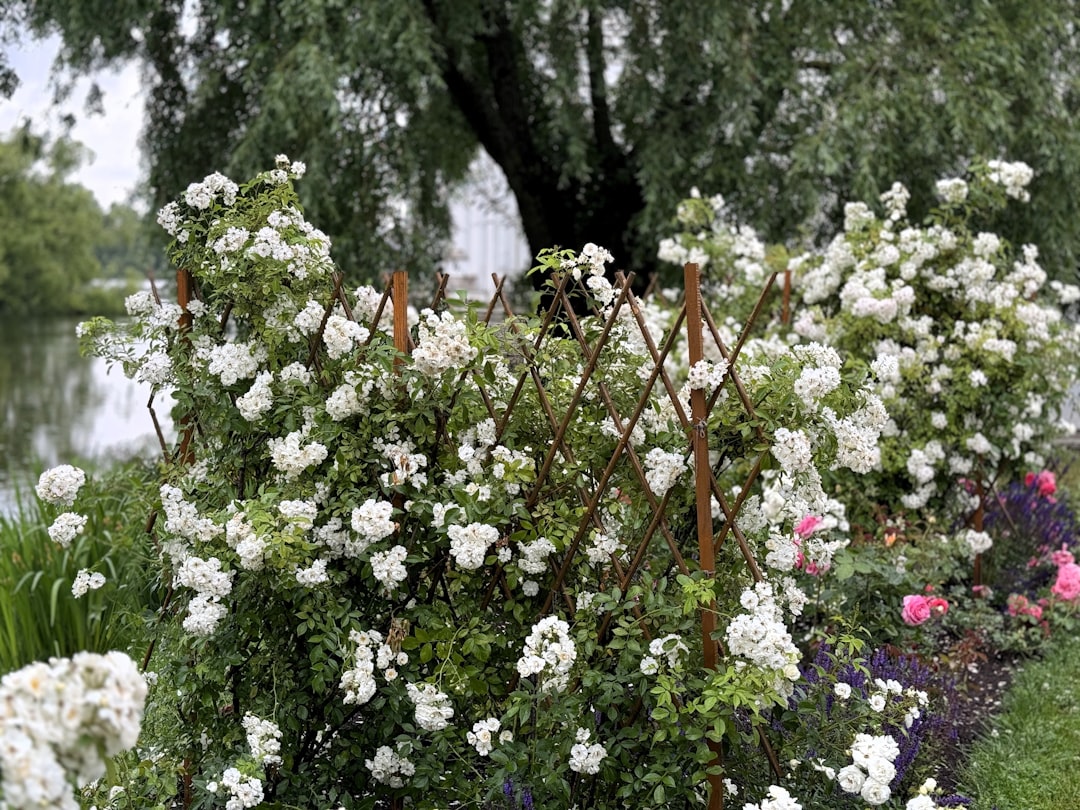Cultivating a Stunning Edible Oasis

In the world of gardening, edible gardening stands out as a rewarding and practical pursuit. It allows you to grow your own food with style, transforming your outdoor space into a unique and beautiful vegetable garden that is both visually appealing and bountiful.
One of the first steps in creating an outstanding edible garden is to plan your layout carefully. Consider the amount of sunlight your garden receives throughout the day. Most vegetables thrive in full - sun conditions, which means at least six hours of direct sunlight. Map out areas for different types of vegetables based on their sunlight requirements. For example, tomatoes, peppers, and cucumbers love the sun, while lettuce and spinach can tolerate a bit more shade.
Soil preparation is also crucial. Healthy soil is the foundation of a successful vegetable garden. Test your soil to determine its pH level and nutrient content. You can purchase a simple soil - testing kit at your local garden center. Based on the results, amend the soil with compost, manure, or other organic matter. Compost not only enriches the soil with nutrients but also improves its structure, allowing for better water drainage and root growth.
When it comes to choosing the vegetables to grow, think beyond the ordinary. Instead of just planting the common tomatoes and lettuce, consider heirloom varieties. Heirloom vegetables often have unique flavors, colors, and shapes that can add a touch of novelty to your garden. For instance, purple carrots, striped tomatoes, and yellow - fleshed watermelons are not only delicious but also make your garden look more interesting.
Container gardening is a great option if you have limited space or want to add some mobility to your vegetable garden. You can use a variety of containers, from traditional clay pots to recycled buckets. Just make sure the containers have proper drainage holes. Herbs like basil, thyme, and parsley are perfect for container gardening. They can be placed on your patio, balcony, or even inside your kitchen window for easy access when cooking.
Another aspect of creating a beautiful vegetable garden is companion planting. Certain plants grow well together and can benefit each other. For example, marigolds are known to repel pests, so planting them near your vegetables can help protect your crops. Additionally, beans and peas are nitrogen - fixing plants, which means they can add nitrogen to the soil, benefiting neighboring plants like corn and squash.
Watering your vegetable garden correctly is essential. Over - watering can lead to root rot, while under - watering can cause the plants to wilt and produce less. A good rule of thumb is to water deeply but infrequently. This encourages the roots to grow deeper into the soil in search of water. Using a soaker hose or drip irrigation system is an efficient way to water your garden, as it delivers water directly to the base of the plants, minimizing waste.
As your vegetable garden grows, don't forget about maintenance. Regularly remove weeds, as they compete with your vegetables for nutrients and water. Prune your plants to promote healthy growth and better air circulation. This can help prevent diseases from spreading. You can also add a layer of mulch around your plants to retain moisture, suppress weeds, and keep the soil temperature more consistent.
Finally, enjoy the fruits (and vegetables) of your labor. Harvest your vegetables at the right time for the best flavor and texture. Whether you're making a fresh salad with your home - grown lettuce or a delicious tomato sauce, there's nothing quite like the taste of vegetables straight from your own garden. With these tips, you can create a unique and beautiful vegetable garden that is not only a feast for the eyes but also a source of delicious, home - grown food.